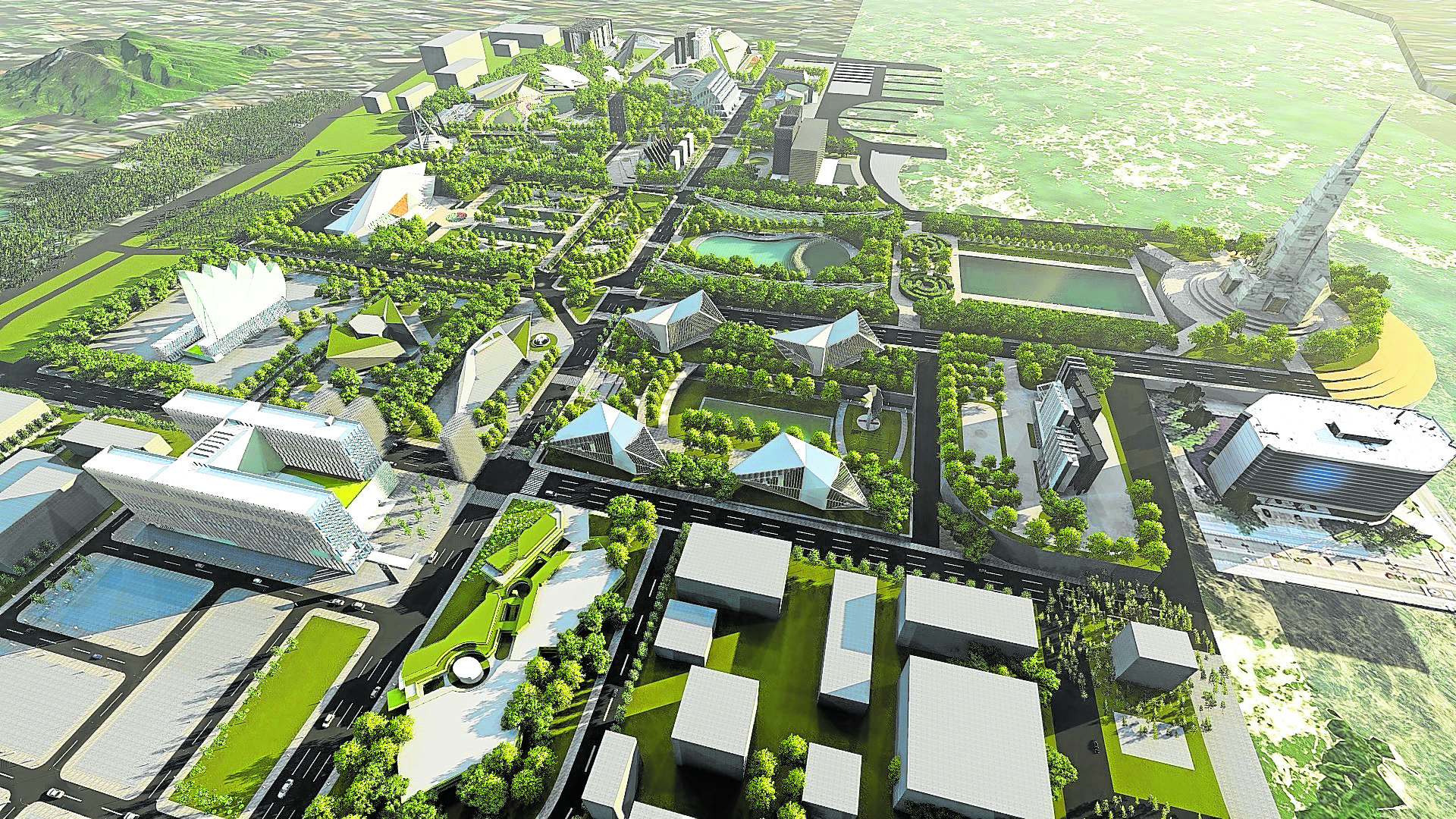An archipelago with over 7,100 islands, the Philippines ranked as the third-worst ocean plastic polluter in the world, a 2015 study revealed.
A closer look further revealed that the country generates an average of 41,000 tons of garbage daily, 9,670 tons of which come from Metro Manila alone. A sense of urgency thus unfolds, alongside high energy demands and an even higher supply of waste. Would generating a symbiotic relationship simultaneously turn these problems into a singular, long term solution?
Apparently, a waste-to-energy approach would.

An Overview of the Waste-to-Energy Process
The waste-to-energy process is an ecological and cost-effective way to generate energy. This process harnesses heat by burning waste at increased temperatures. The generated heat is then used to make steam, which drives a turbine that ultimately creates electricity.
Compared to other waste management forms, the waste-to-energy process is not only a mere waste disposal method but also an effective method of recovering valuable resources.
A Global Race
A continuing global shift on attitude towards cleaner, sustainable energies has driven public and private operators to normalize the need for alternative waste solutions around the world. While the United States continues to lag behind its waste-to-energy efforts, various European and Asian countries have been actively leading the way.
Japan, as one of the pioneers of waste-to-energy technologies, continues its legacy by processing 70 percent of its municipal solid waste in waste-to-energy facilities. However, the power demands of the world’s most populous country led to China’s rapid, large-scale efforts towards cleaner energy—with plans to build 300 local waste-to-energy plants by 2022, doubling the number of its current facilities.
On the other hand, a different approach to waste-to-energy methods is currently being practiced in Europe, where different types of wastes such as solid, semisolid, excess gas and heat are classified and converted into usable energy.
In Russia, for example, international oil and gas company Lukoil uses residual heat from flare gas to provide hot water and electricity for its oil refinery.

How the Philippines is Faring
Upon the approval of the Philippines’ first waste-to-energy facility in Palawan last 2019 by the Department of Energy (DOE), many investors have shown interest in pursuing waste-to-rnergy investments in the country.
At present, several waste-to-energy facilities to be located in prime locations such as the provinces of Cebu, Davao, Iloilo, Puerto Princesa and Pangasinan are being proposed by both foreign and local energy firms.
Apart from investors, other government agencies such as the Department of Environment and Natural Resources are also supportive of continuing the country’s waste-to-energy initiatives, which are being hailed as the future of energy regeneration in the Philippines.
Advantages of Turning Waste to Energy
Besides sustainably solving the country’s waste management problem, waste-to-energy solutions also offer more benefits, seven of which are identified below:
•Great alternative energy source. It is estimated that every ton of waste can produce between 550 and 700 kilowatt-hours of electricity, enough to power a person’s home for almost a month.
•Stable supply leads to stable prices. Given the wide availability of waste materials in the country, this can stabilize any existing fluctuations in energy prices.
•Reduced reliance on fossil fuel. Stable energy supply from waste materials can reduce the country’s dependence on fossil fuels, which supply around 80 percent of the world’s energy.
•Less crowded landfills. Given the large-scale conversion of waste into energy, this can considerably minimize the amount of waste materials stagnating in landfills—which can eventually control greenhouse gases while saving valuable land.
•Byproducts as fertilizers. Some waste-to-energy facilities generate byproducts that can be used as fertilizers and enhance the nutrient contents of the soil, an example of which is anaerobic digestion.
•For the greater good. Apart from generating much-needed electricity from waste materials, waste-to-energy facilities can also offer more jobs and economic activity, the whole community may benefit from.

Supporting Waste Transformation As An Energy Source
As more people are becoming aware of how much waste the world produces on a regular basis, new technologies are constantly finding new ways to turn this liability into an asset.
With the government and private sectors recognizing this global urgency on waste management, creative and innovative solutions such as waste-to-energy facilities can gradually become the norm—bringing the future of both waste management and energy generation into a singular, positive light.
Article and Photo originally posted by Inquirer last December 12, 2020 3:30am and written by Ar. John Ian Lee Fulgar.







More Stories
Vista Land Celebrates 50 Years with Sandiwa: An Event Honoring Leadership, Legacy, and the Filipino Dream of Homeownership
Vista Land Celebrates Love Month in Ilocos Region
Vista Land Bridges Cebuano Heritage and Progress with Valencia by Vista Estates